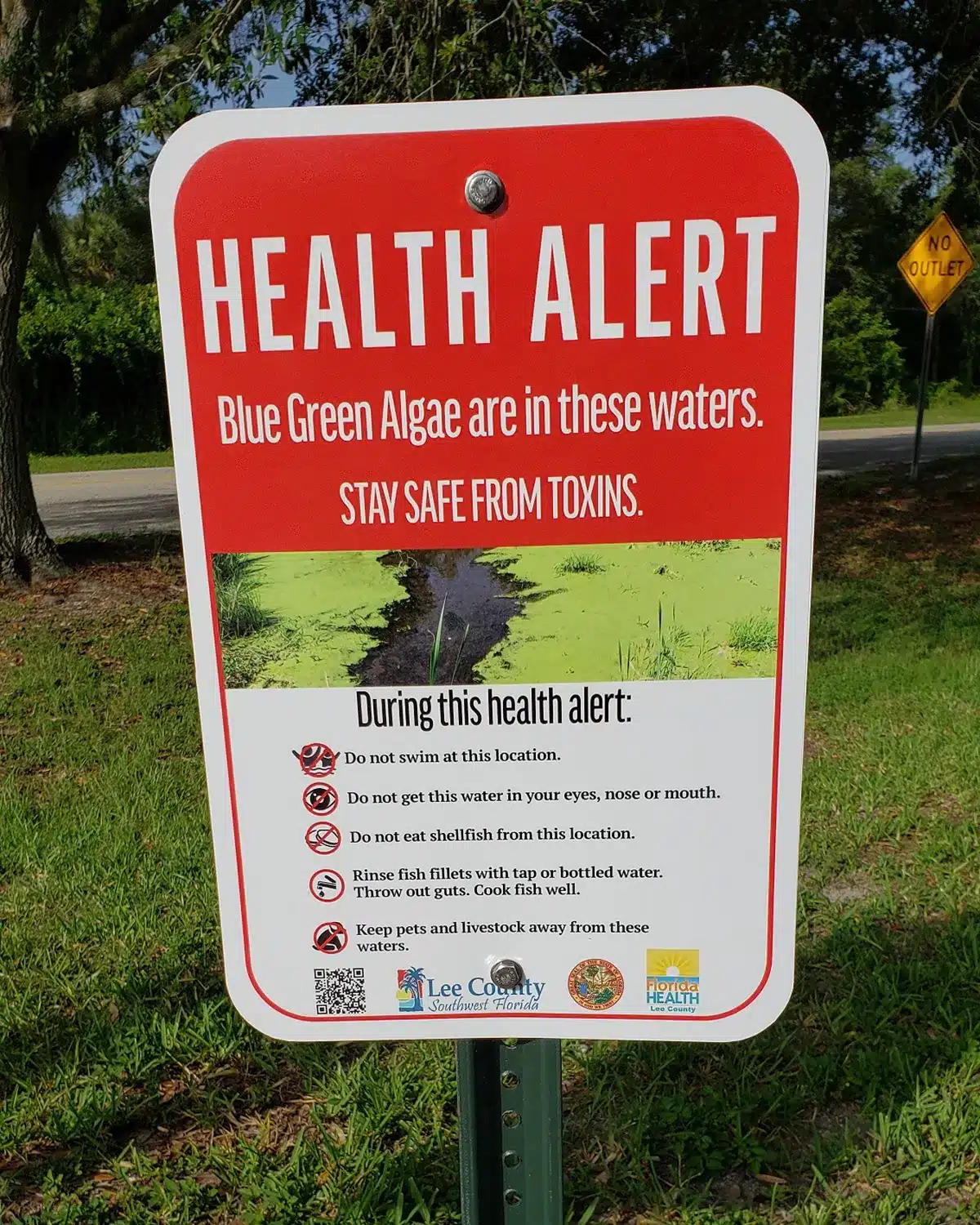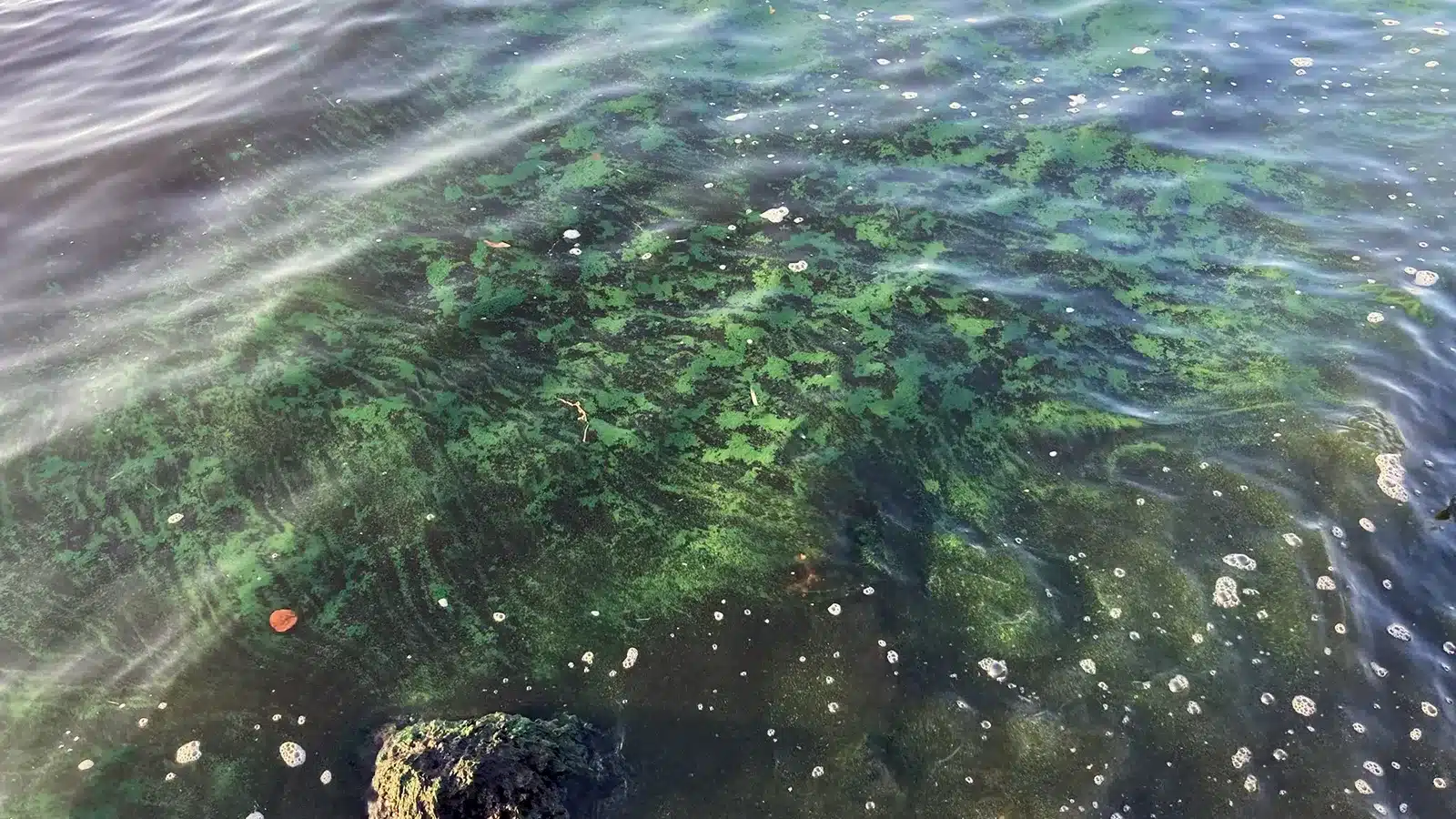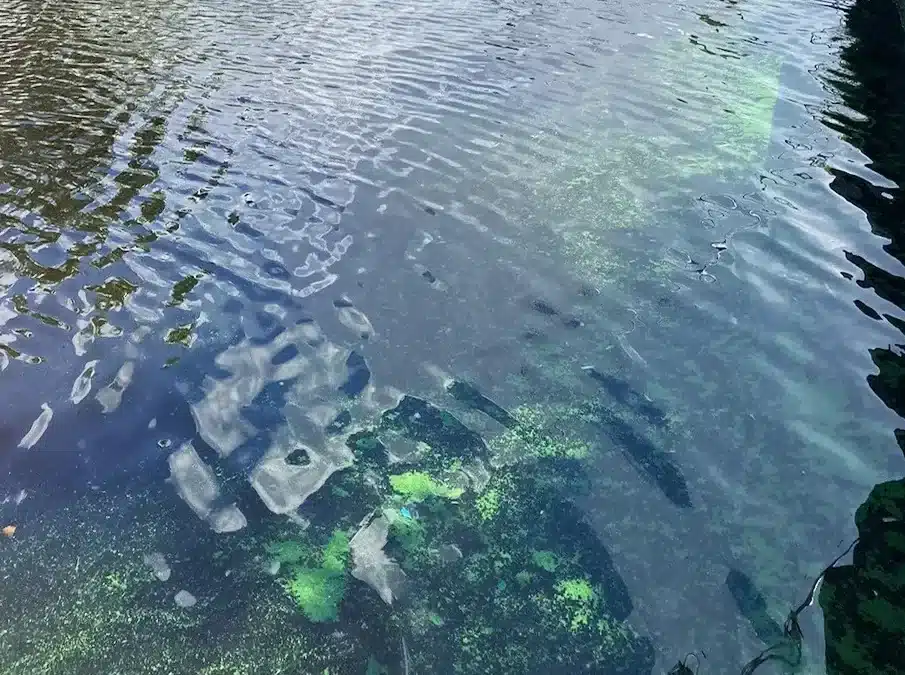First, there are several peer-reviewed studies that link human mortalities and related risks to cyanobacteria (blue-green algae) exposure around the world, and in Florida, including a cluster of nonalcoholic liver disease near Lake Okeechobee.
Secondly, the takeaway from such media stories – that mortality is the only public health risk worth considering – is in fact under-informing the public of the potential dangers. Yes, cyanotoxins are extremely potent in high concentrations, particularly if ingested. But to suggest that directly drinking cyanobacteria-laden waters is the only risk worth being concerned about is careless, and disregards numerous public health policies.

Regarding longer term risk assessment, scientific research has yet to determine how much exposure to the various toxins (primarily microscystin and BMAA) produced by blue-green algae increases the risk of developing a number of diseases, including neurological conditions such as ALS, Parkinson’s and Alzheimer’s. However numerous studies have established that exposure to cyanotoxins elevates the risks of developing these diseases.
There have been documented cases of acute and sudden “blue-green algae deaths” of dogs that have consumed water infested with blue-green algae. But one significant barrier to public understanding of the risks involved for humans is an appreciation of the latency period between exposure and the on-set of disease, which could be more than a decade.

Similarly, this has been a priority of Calusa Waterkeeper – to warn people that exposure to the toxins produced by blue-green algae involves risks of developing terrible debilitating illnesses.
In addition to increased public understanding of the threat of Florida’s persistent blue-green algae problem, we seek better public policies and greater enforcement of anti-pollution regulations to inhibit the growth of blue-green algae and, thereby, minimize the risk of these debilitating illnesses to the people of southwest Florida.
We invite experts from all viewpoints to join us in an open discussion of calibrating the potential health risks and communicating them accurately to the public.
Charles Avery
President of the Board
Calusa Waterkeeper
Additional Resources
- US EPA Recommended Human Health Recreational Ambient Water Quality Criteria or Swimming Advisories for Microcystins and Cylindrospermopsin
- Blue Green Algal (cyanobacterial) Toxins, Surface Drinking Water, and Liver Cancer in Florida
- Brain Chemistry Labs Cyanotoxin Analyses of Water Releases from Lake Okeechobee
- Environmental Toxicology and Chemistry: Are Harmful Algal Blooms Becoming the Greatest Inland Water Quality Threat to Public Health and Aquatic Ecosystems?
Join Our Advocacy and Water Quality Efforts

























